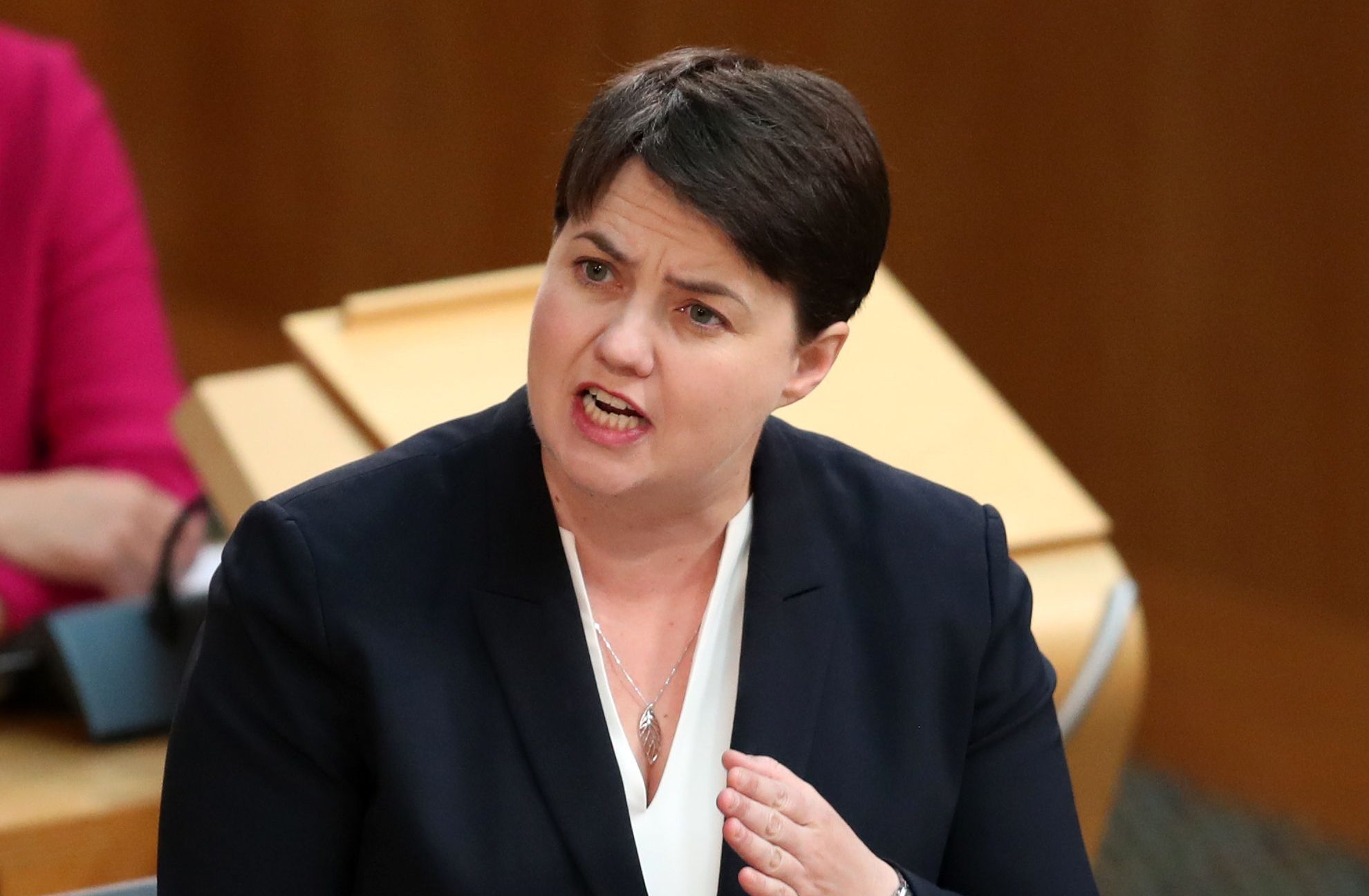
OVERSEAS aid should be at the centre of Theresa May’s drive to create a “global Britain”, Scottish Tory leader Ruth Davidson said in a report backing the 0.7% spending target.
The Prime Minister has come under pressure from within the Tory ranks to ditch the commitment to spend 0.7% of national income on aid, but Ms Davidson said development funding could support British foreign policy objectives including free trade.
The report by the centre-right Policy Exchange think tank criticised some charities for failing to recognise that capitalism could help alleviate poverty and said the UK’s £13 billion aid budget could be focused on trade liberalisation.
Ms Davidson said: “As this report argues, there is a strong centre-right case for putting overseas aid at the centre of a global Britain, working alongside our commitments to strong defence and becoming a global champion for free trade.
“To defeat poverty, we will need to support both aid and trade, markets and global public goods – not create an artificial dichotomy between them.
“While our aid system is rightly well-regarded worldwide, there is still more we could do to make it better and more effective.”
The Policy Exchange report called for the aid strategy to be updated, taking Brexit into account and including trade, agriculture and security.
It noted that some non-government organisations (NGOs) fail to recognise that aid and trade can work together to tackle poverty.
The think tank’s programme director Richard Howard said: “While we support the Government’s commitment to maintaining spending on overseas aid, the Government should be mindful that it’s not just the size of your aid budget but what you do with it that counts.
“There are clear synergies between Britain’s national interest and the wider global interest in tackling global challenges, supporting hard and soft power, accelerating innovation and encouraging free trade.
“In recent years, too many international NGOs have become involved with domestic politics or pushed misleading narratives about global inequality. Elements of the NGO community still fail to recognise that capitalism and free trade are part of the answer, not part of the problem.
“Free trade is vital to alleviating global poverty.
“Compared to other countries, the British aid budget is reasonably well targeted on countries with high levels of poverty or disease. However, there is still more we can do to identify the most important global challenges or cost-effective interventions. British aid should focus more on global public goods such as liberalising trade or investing in R&D.”
Some Tories are uncomfortable with the protection given to the aid budget and MP Philip Davies challenged Mrs May at Prime Minister’s Questions last week.
He said: “Spending more and more money on overseas aid each year does not make us look compassionate to the public, it makes us look idiotic to the public when that money is much needed in the United Kingdom.”

Enjoy the convenience of having The Sunday Post delivered as a digital ePaper straight to your smartphone, tablet or computer.
Subscribe for only £5.49 a month and enjoy all the benefits of the printed paper as a digital replica.
Subscribe